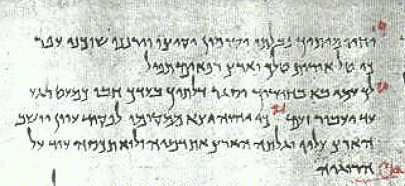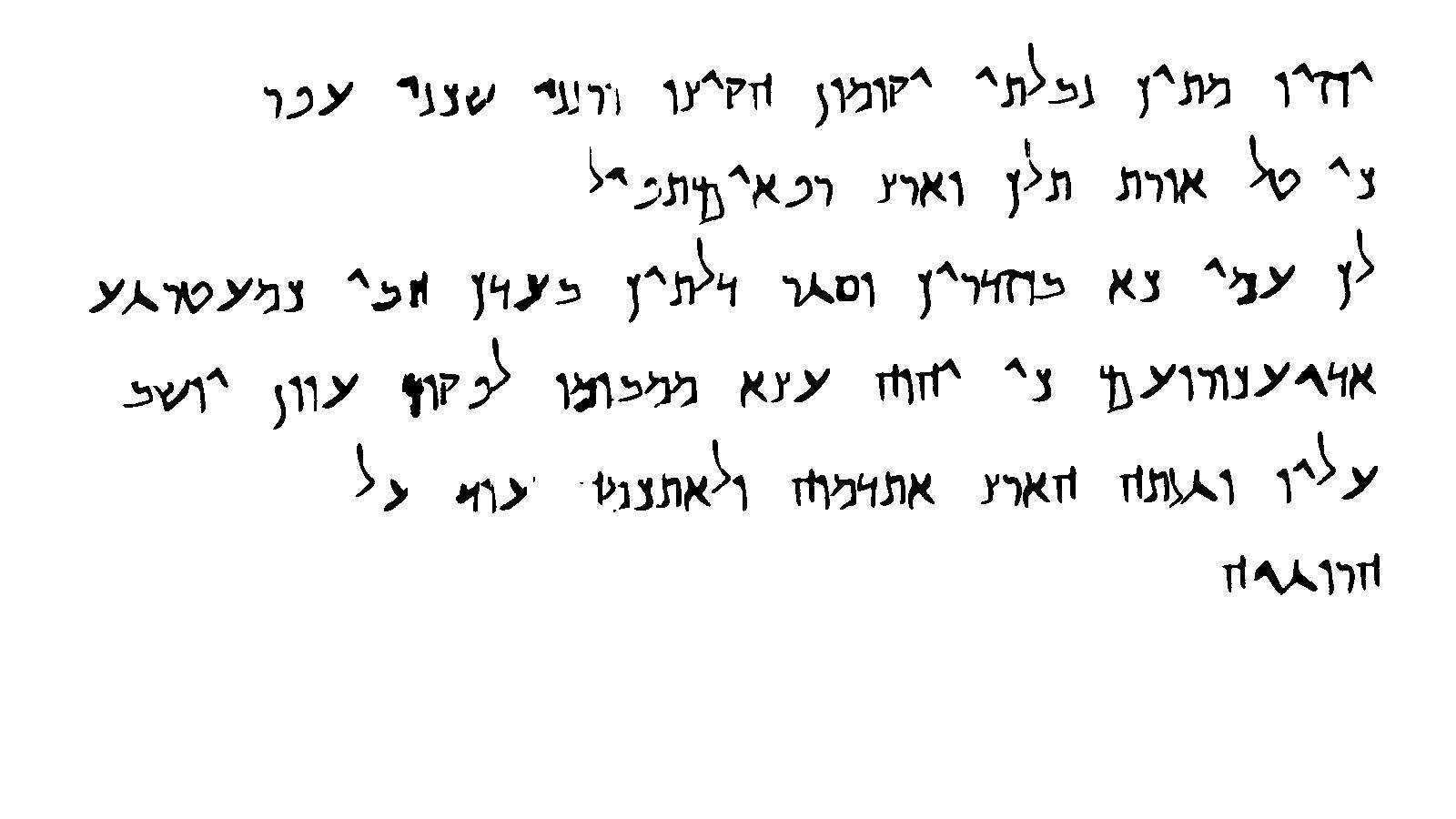Dead Sea Scroll Scribal Font
(Based on Great Isaiah Scroll)


I designed this font because I saw a need for it in DSS scholarship. In the past, publications on scroll material publish the Hebrew text in modern Hebrew and then gives transliterations and translations. It is my opinion that if the original scribal hand is used, students in the classroom will build a better familiarity with the ancient script.
I used the Great Isaiah Scroll, 1QISa, as the exemplar for duplicating the script. Obviously, scribal hands vary somewhat from character to character. This cannot be duplicated, however I penned about 5 different examples from the scroll and scanned the rendering that I thought was the typical form. Then came the problem of raised and lowered characters from baseline as is the case for Lameds and final forms. In order to duplicate this using a modern font, it is apparent that some further "tweaking" must be accomplished by using either superscripting or the character spacing utility found in WinWord and other word processors. As an example, the Lamed is first typed with the "l" key, then highlighted and raised in character spacing in the format/font utility. It must then be increased individually in point size to correspond to the original text. Final forms are highlighted and "lowered" in the font utility and increased in point size. Yods may be either superscripted or raised in the font utility and lowered in point size to correspond to the scribal hand. In such a manner, texts may be duplicated as closely as a modern word processor can accomplish. This is illustrated below with Isaiah 26:19-21 as it appears in the original Isaiah scroll.

After typing the text with the Dead Sea Scroll Scribal Font and individually "tweaking the lameds and final forms, the rendering below is achieved:

I chose the Great Isaiah Scroll for the design of this font for a personal reason also. I was fortunate enough to be one of the first few people to see this text in 1948 in the office of my friend Dr. William Foxwell Albright in photographs that he had recently acquired. I was just a lad of 8 taking my first Hebrew translation exercise from this great scholar who did not consider his position and status in worldwide scholarship to be above informally teaching an interested lad who would occasionally drop by his office to learn about the exciting things that were happening in Near Eastern archaeology. Dr. Albright should serve as an example to all scholars that teaching is not a "members only" enterprise.
I hope that this font is useful to you in your work, publications and classroom activities. If you use it in publication, I ask only that you acknowledge the source and take a moment to reflect on the memory, work and accomplishments of Dr. Albright.
Jack Kilmon